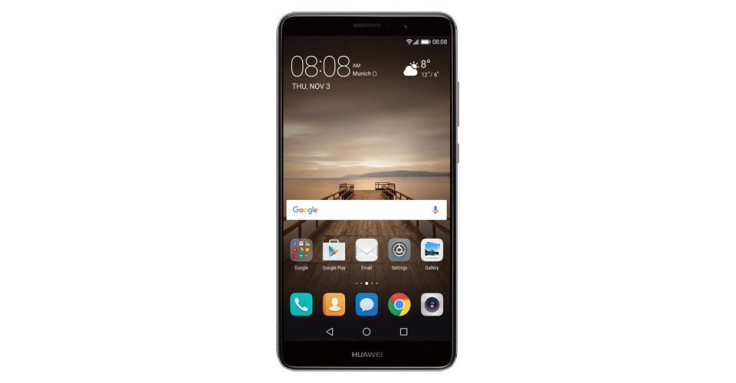Samsung Galaxy S7 vs Huawei Mate 9 camera comparison: What sets them apart [VIDEO]

The Samsung Galaxy S7 is one of the best in the smartphone business when it comes to cameras. Huawei, meanwhile, boasts of its latest flagship’s Leica dual-lens main shooter. Let’s see how the Huawei Mate 9 fares against the Samsung Galaxy S7 in a camera clash.
The Samsung Galaxy S7 has a 12 MP primary camera with phase detection autofocus, optical image stabilisation (OIS) and LED flash. It features a wide f/1.7 aperture that allows more light to be absorbed. Galaxy S7 images taken in low-light are impressive due to its wider lens.
The Galaxy S7’s Dual Pixel technology permits every pixel on its image sensor to have two photodiodes rather than just one, which in turn makes the camera focus much faster. Shots on the Galaxy S7 are excellent and highly detailed. Colour rendition is proportional and not excessive. According to GSMArena, the Samsung flagship can balance details in both highlights and shadows yet still generate visually organic photos.
Watch: Samsung Galaxy S7 vs Huawei Mate 9 - Camera comparison by Smart Tech
The main shooter of the Huawei Mate 9 features a second generation Leica dual-lens f/2.2 camera with a 12 MP RGB sensor and a 20 MP monochrome sensor. It also has OIS and phase detection features. According to Trusted Reviews, while shots taken with the Mate 9 in decent lighting are in-depth and detailed, its auto-HDR mode can be imposing against direct sunlight.
The Galaxy S7 easily beats the Mate 9’s narrow lens. Low-light photos taken with the Huawei flagship aren’t the greatest even with OIS. The Mate 9’s dedicated monochrome sensor eliminates the need for filters on black-and-white shots. The variable aperture mode is decent, but it also obscures a great deal of the foreground at times.
The secondary 8 MP selfie camera of the Huawei Mate 9 is a tad better than that of the Samsung Galaxy S7. It comes with autofocus and sensor-activated shutter. Both flagship phones are able to produce 4K videos (2160p) at 30 frames per second.



















